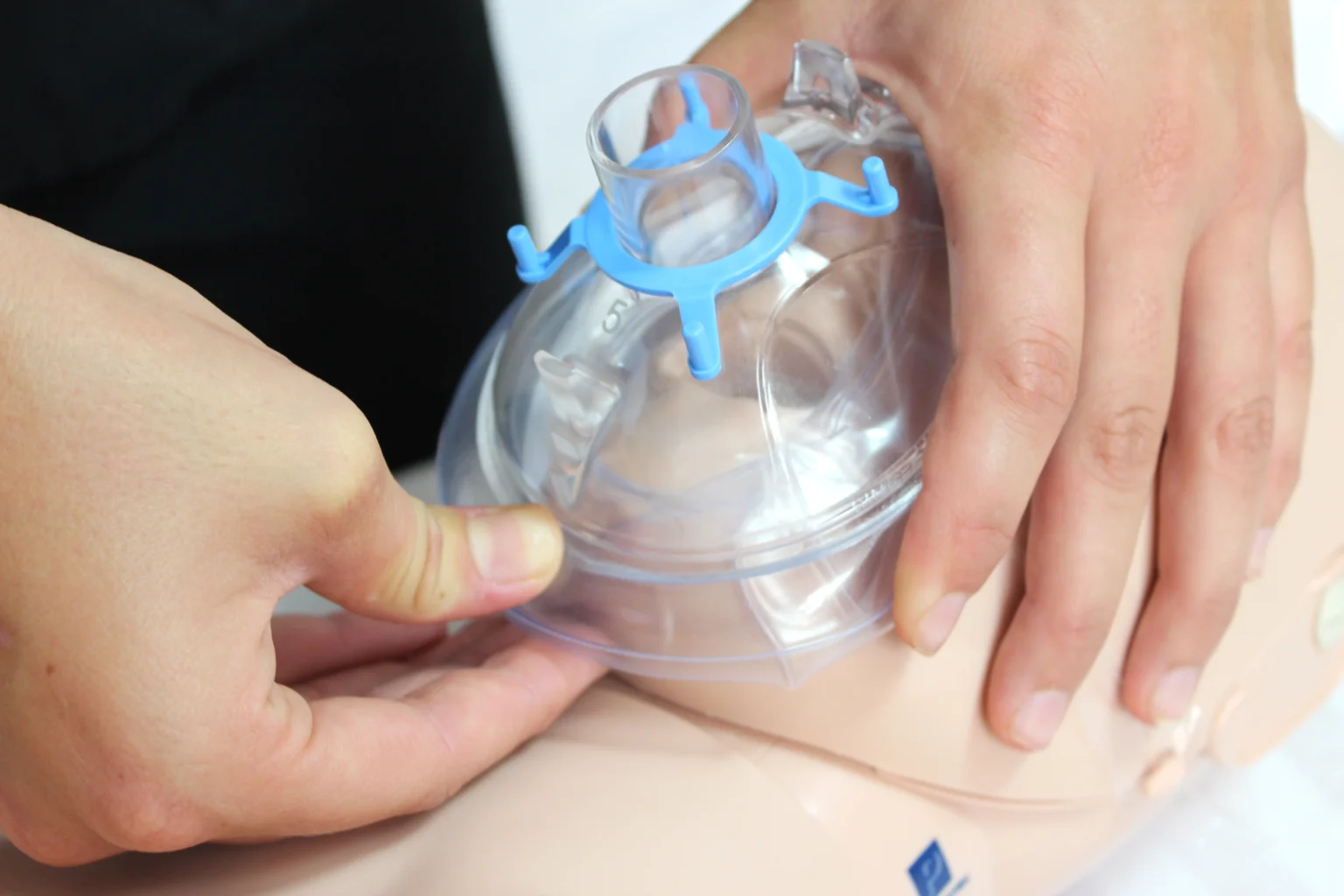Your cart is currently empty!
In one-rescuer CPR, breaths should be supplied using a pediatric pocket mask, if available.

If two people are present and a bag-valve-mask device (BVM) is available, the second rescuer is positioned at the victim’s head while the other rescuer performs high-quality chest compressions.
